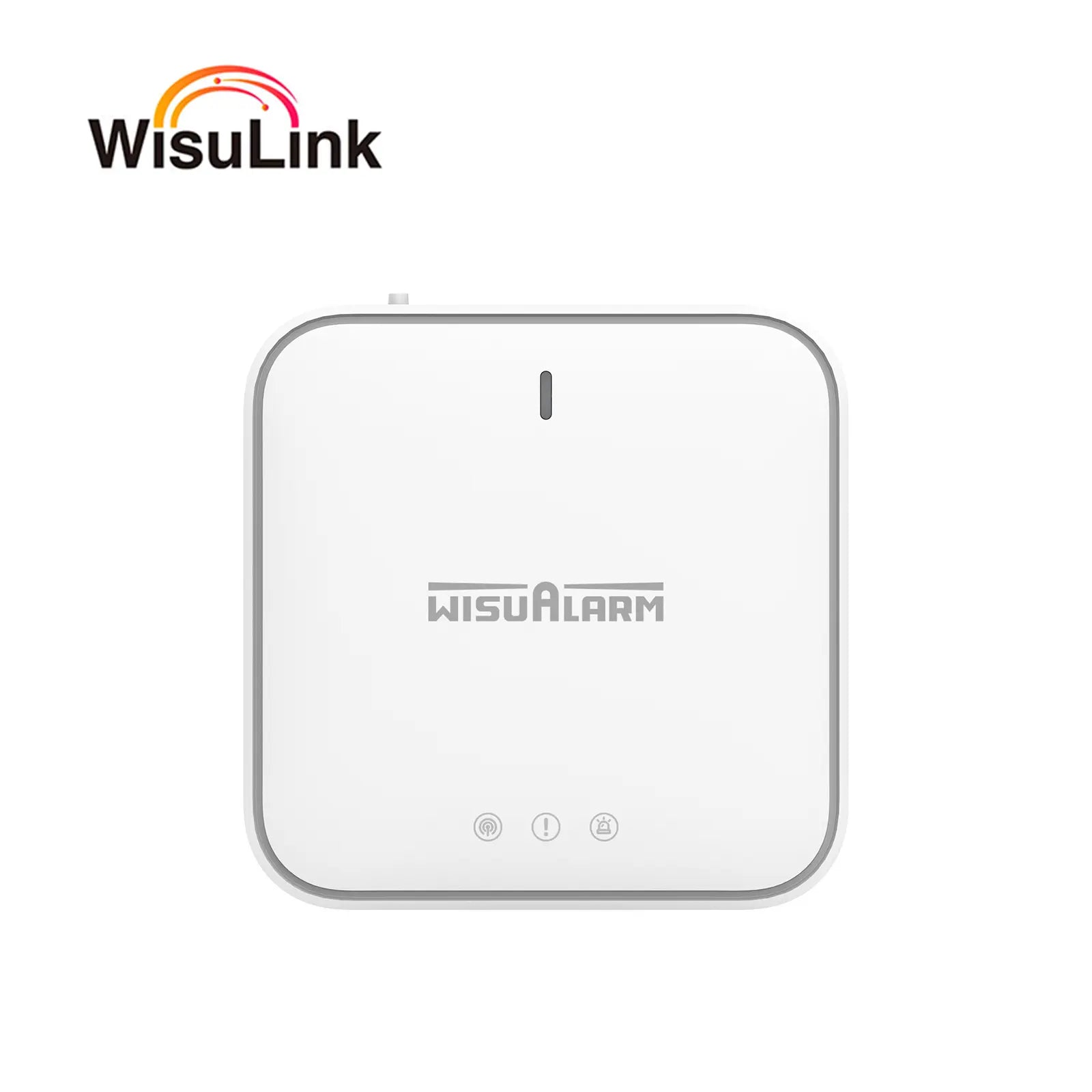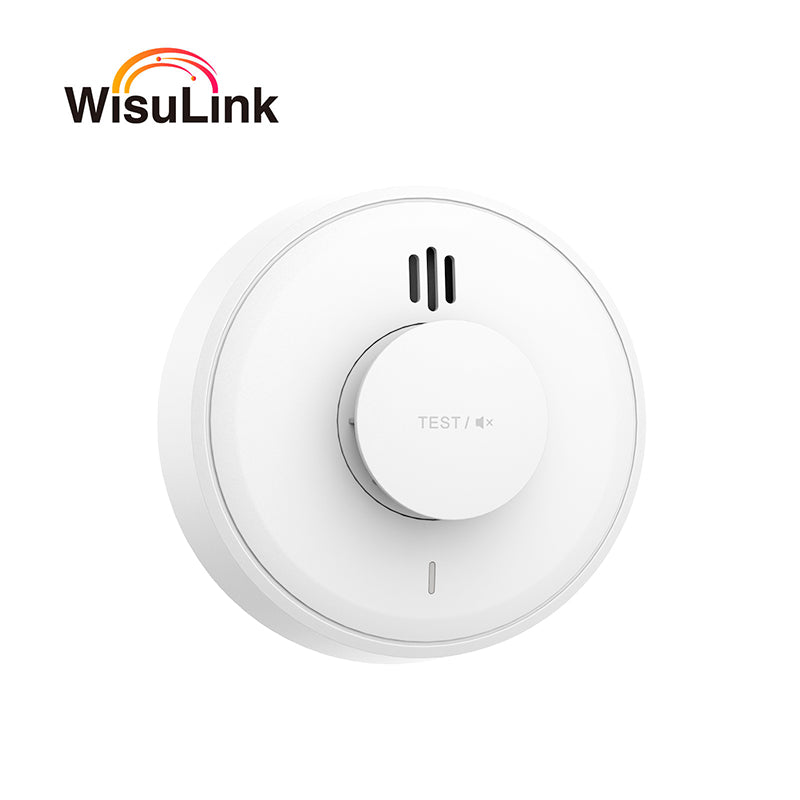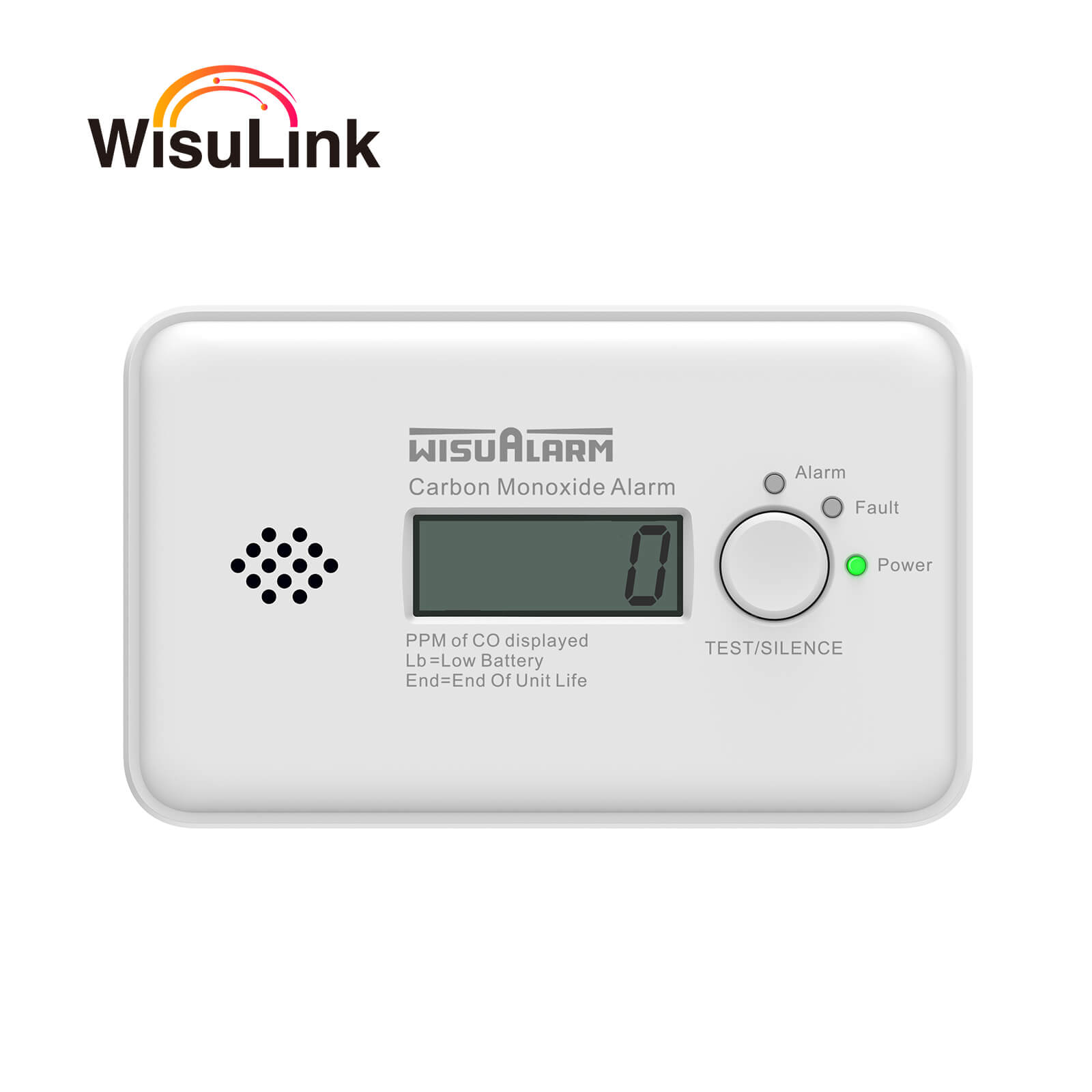Where to Place a Carbon Monoxide Alarm in Europe: A EU-Specific Safety Guide
In Europe, carbon monoxide (CO) poisoning remains a silent threat to households—especially those relying on gas, oil, or solid fuel for heating and cooking. The European Commission reports that over 2,000 Europeans are hospitalized annually due to accidental CO exposure, with many cases linked to improperly placed or maintained detectors. Unlike the U.S., Europe has unified safety standards for CO alarms (EN 50291) but varies in national installation regulations—making a region-specific placement guide essential for protecting your family. Whether you live in a historic Parisian apartment with a gas boiler, a German detached home with a wood-burning stove, or a Spanish villa with a propane grill, the key to CO safety lies in strategic detector placement. This guide aligns with...





































































